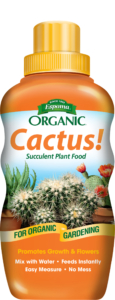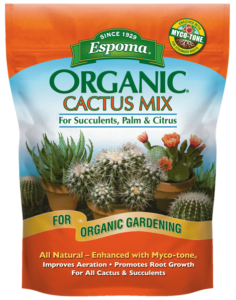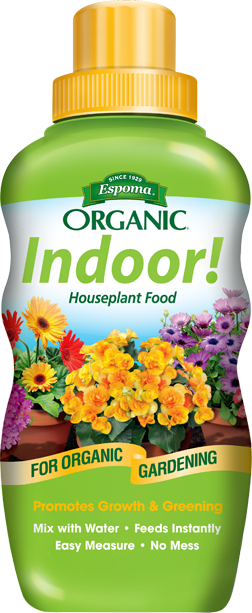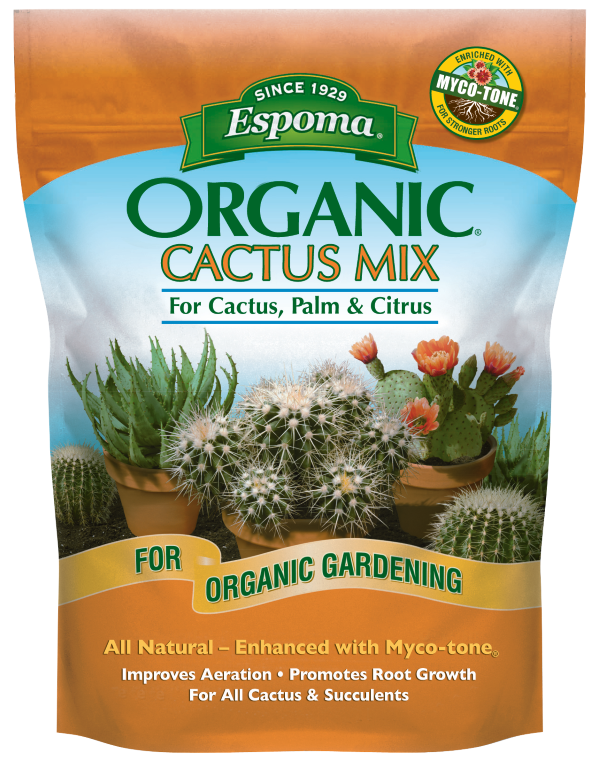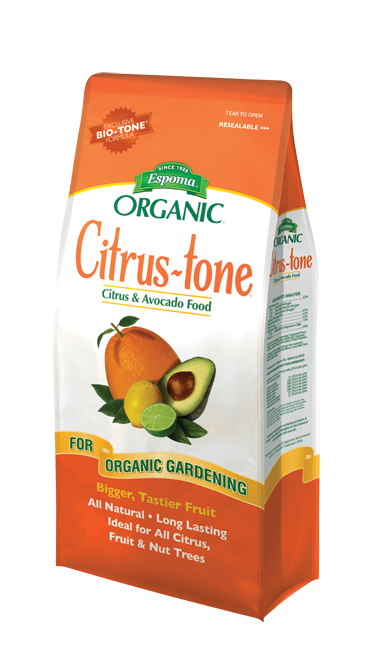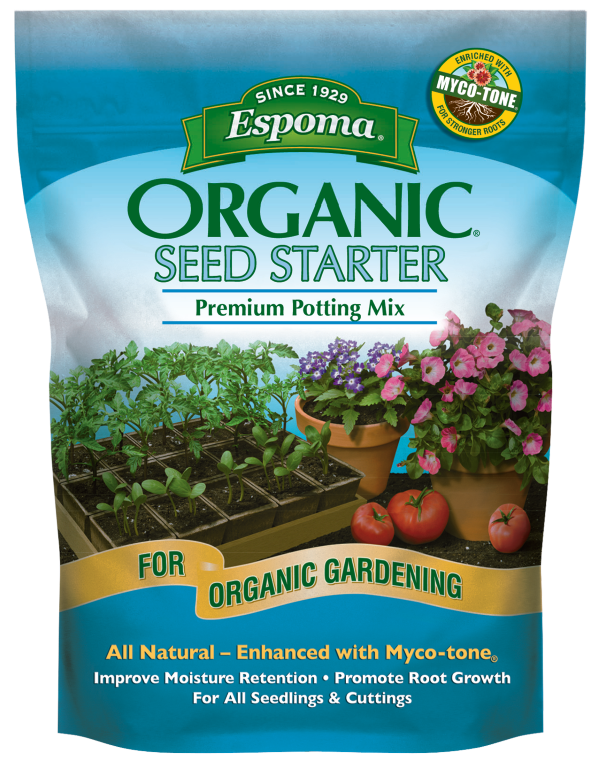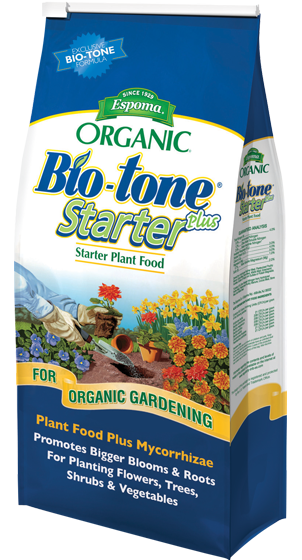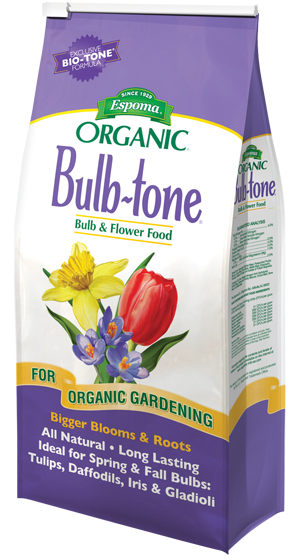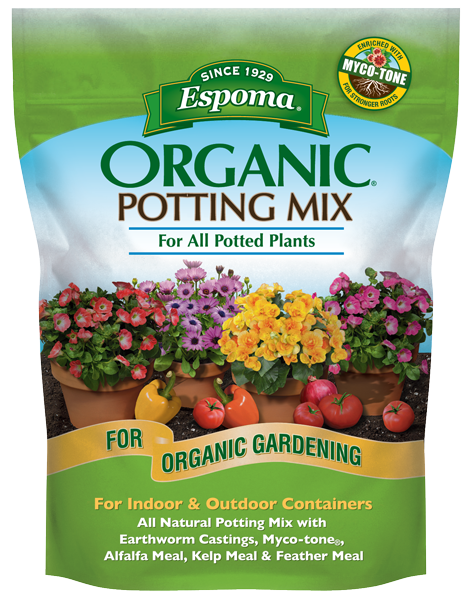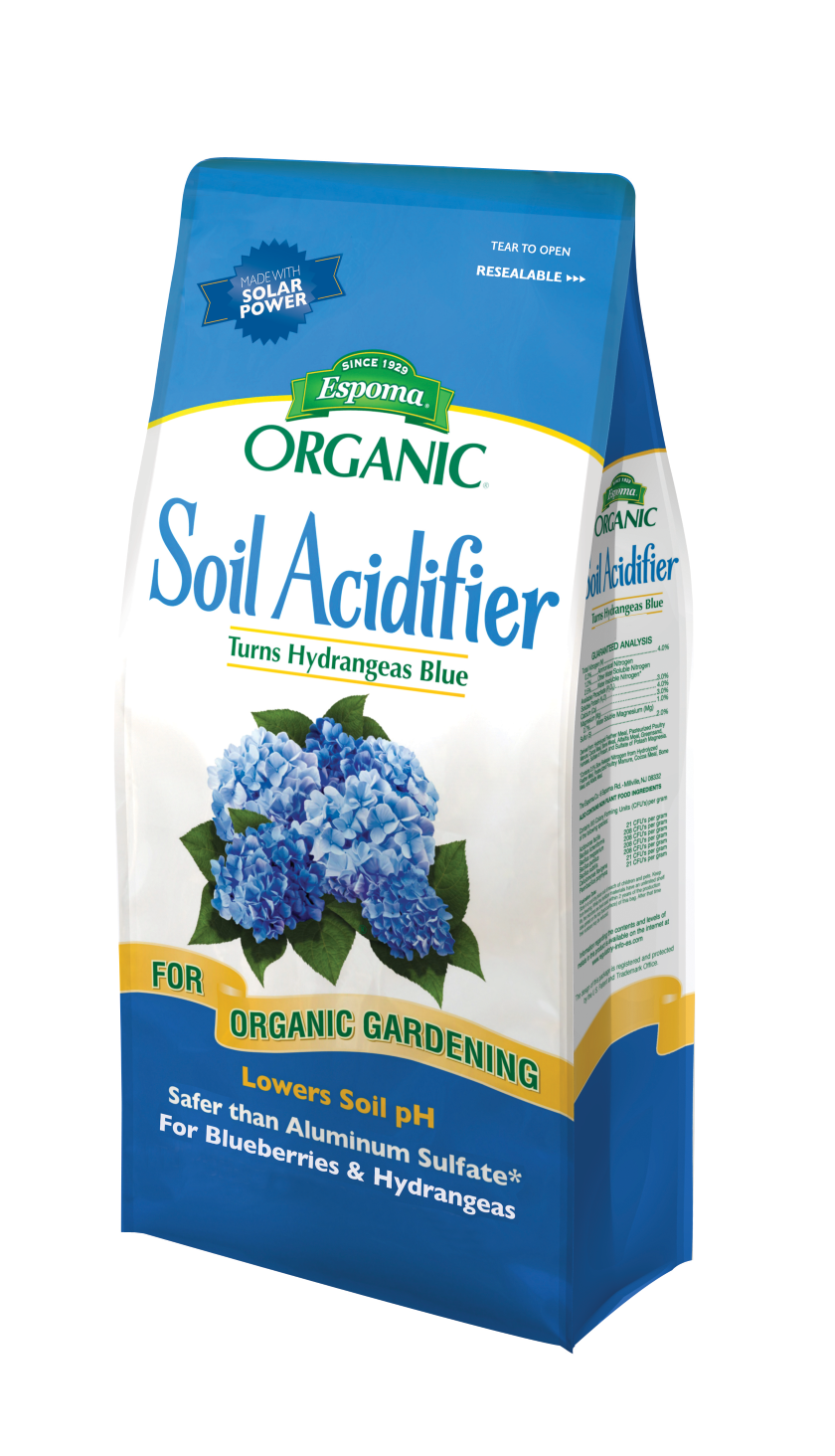Video: 7 Indoor Succulents for Beginners with Garden Answer!
Are you ready to bring succulents into your home but not sure where to start? Laura from Garden Answer has you covered! In this video, she shares her top seven beginner-friendly indoor succulents and simple care tips to help them thrive. Laura recommends starting with a high-quality organic potting soil like Espoma Organic Cactus Mix and feeding with an organic fertilizer like Espoma Organic Cactus! Liquid Plant Food.
Learn more about Garden Answer here:
https://www.youtube.com/c/gardenanswer
https://www.facebook.com/gardenanswer
https://www.instagram.com/gardenanswer/
Featured Products:

